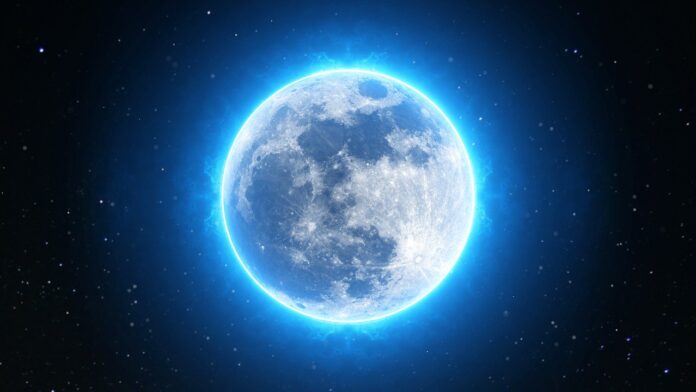There are microorganisms on the moon. But don’t get too excited, they are not of lunar origin. They have ‘accidently’ (excuse the pun) been placed there by us humans. And, these microorganisms are one of the toughest microbes known. They are called Tardigrades.
If you ever have seen a tardigrade under the microscope, or at least from pictures, you would see that they are the most interesting microscopic living creature. They are more commonly known as the ‘water bear’, even though they have 8 legs. They are small, reaching up to 0.5 mm in length, and feed on a variety of foods, such as plant cells, algae, and other microscopic elements. I have had the fortunate experience of seeing these lovely creaturesmany times, and there is definitely something soothing about the way they move about. Under a light microscope, they look so peaceful, so fragile.
But they are far more than fragile. They are one of the toughest microbes studied: they survive in high radiation exposure, high pressure and very low pressure (vacuumed space), dehydration, and even starvation. They seem practically indestructible. These little charming organisms survive thanks to two main attributes: they have a strong outer cover, and they produce a thick protein soup which prevents them drying out completely. For a good video of Tardigrades, see the one filmed by the Youtube channel ‘Journey to the Microcosm’
The resilience of Tardigrades is why the Israelis and the Arc Mission Foundation added desiccated samples of Tardigrades to their ‘Lunar Library’, which was aboard the Beresheet lunar lander. On April 11, 2019, the Beresheet lander crashed on the lunar surface as it was trying to softly land. This project was the first lunar landing for Israel, the first private-landing on the moon, and the first for Space X which launched the Israeli module. The crash was a disaster, but the mission was still a success, simply because private companies managed to get a space shuttle to the moon for the first time.
At the time of loss of control, the Beresheet was not too high to causetotal destruction of the Lunar Library, as the library was efficiently protected. Along with the Tardigrades, the library consists of 30 million pages of human history (microscopically engraved) and samples of human history. It is a kind-of time capsule for the entire human race.
It is believed that these Tardigrades are not spread out over the lunar surface, but still encased in the lunar time capsule. However, if it had been strewn across the surfaces, there is no moisture to revive them, nor organic matter for them to feast on.
So, there will be no mass population of Tardigrades on the moon, no mass evolution to scary lunar monsters. And, there are no microbes on the moon to contaminate, so it brings in the question: ‘Did we just contaminate the moon?’








